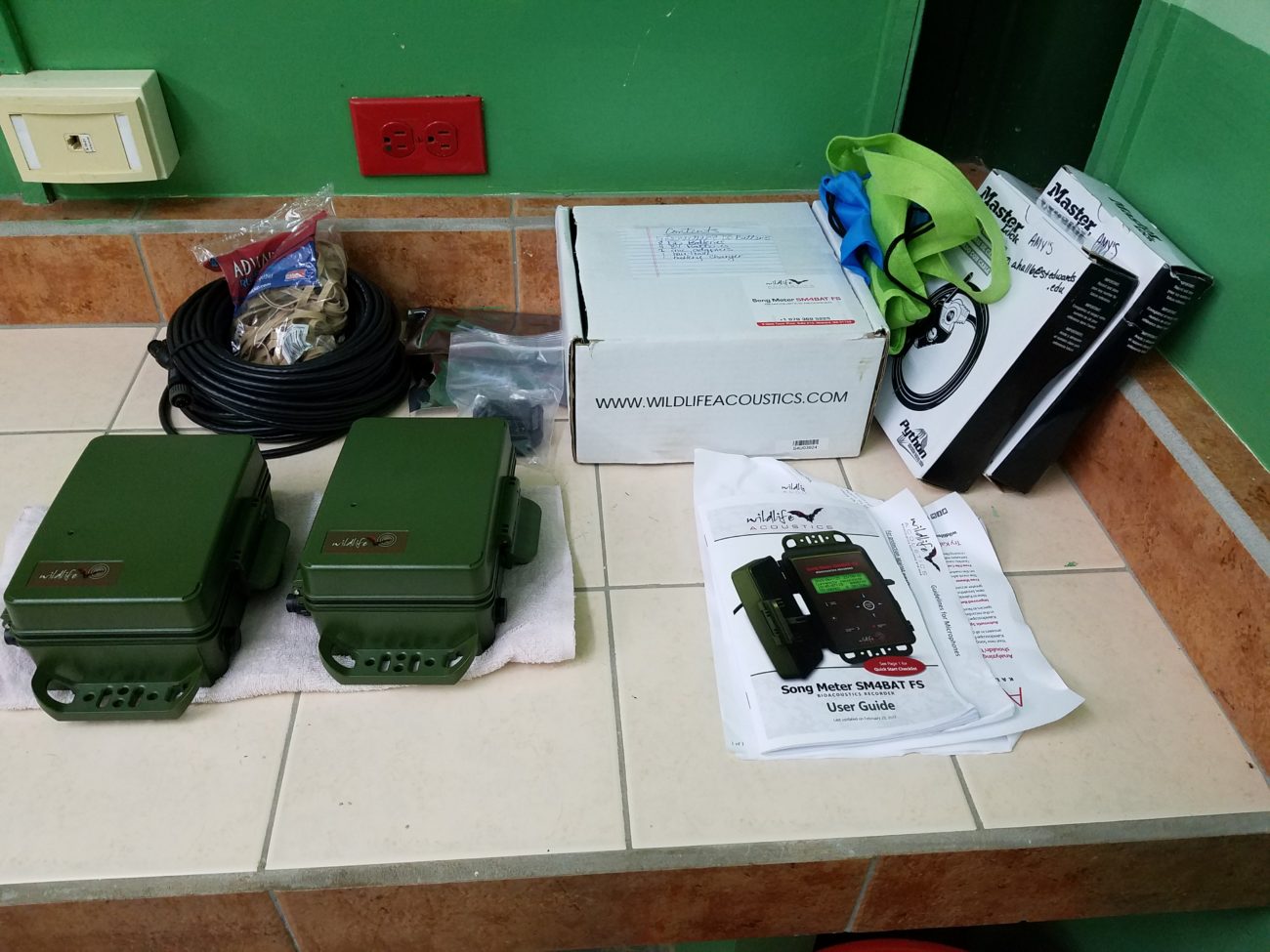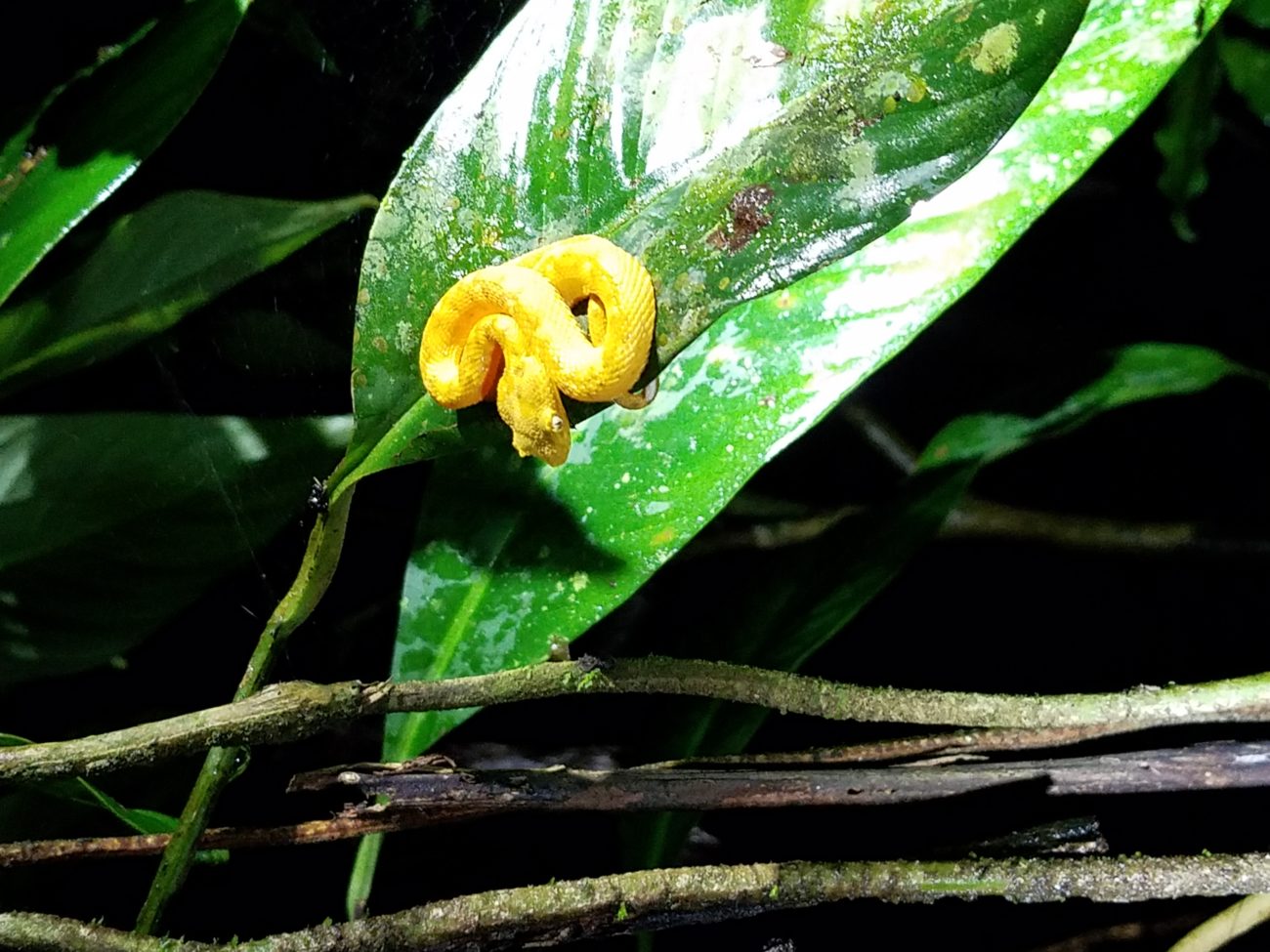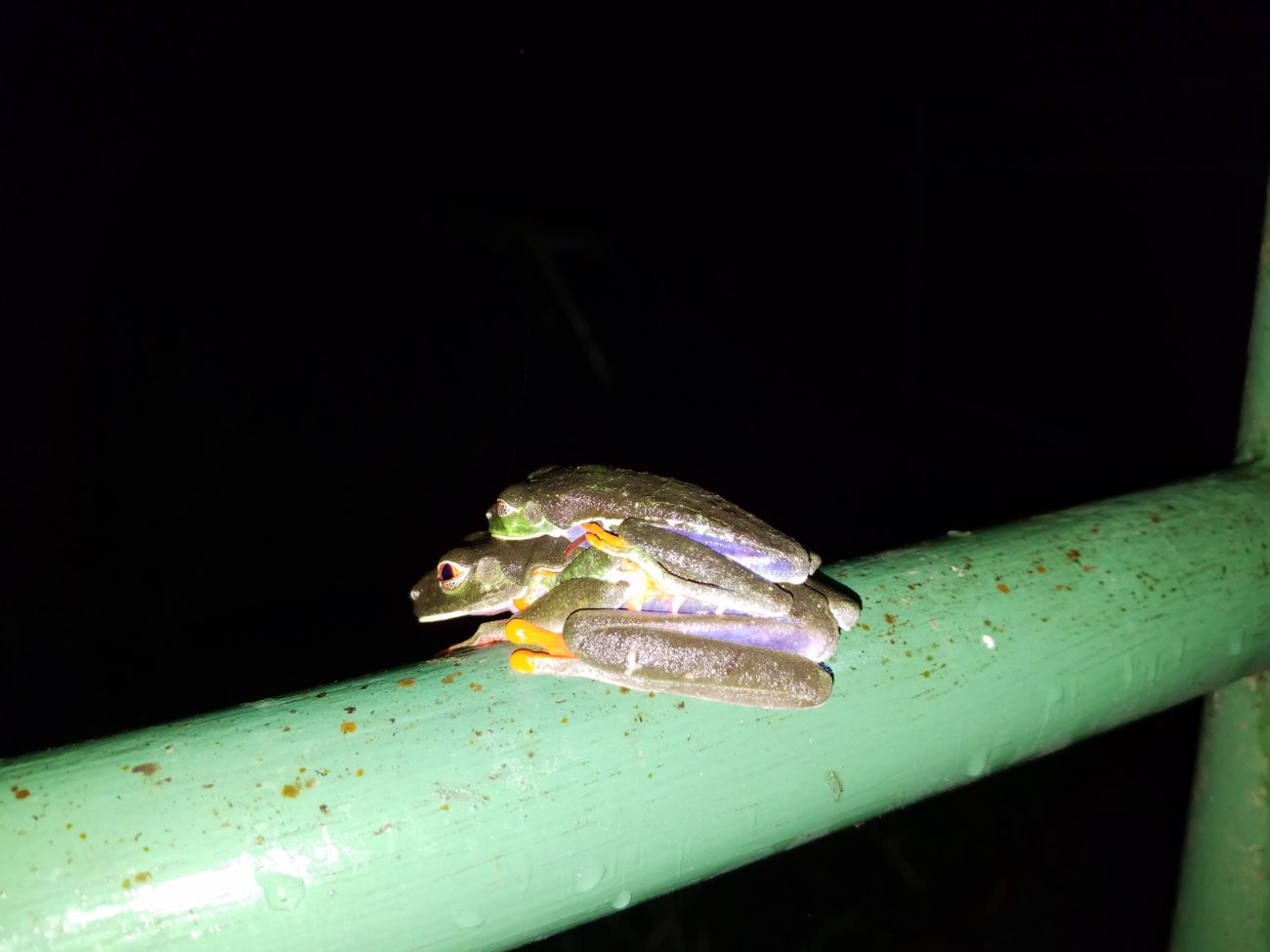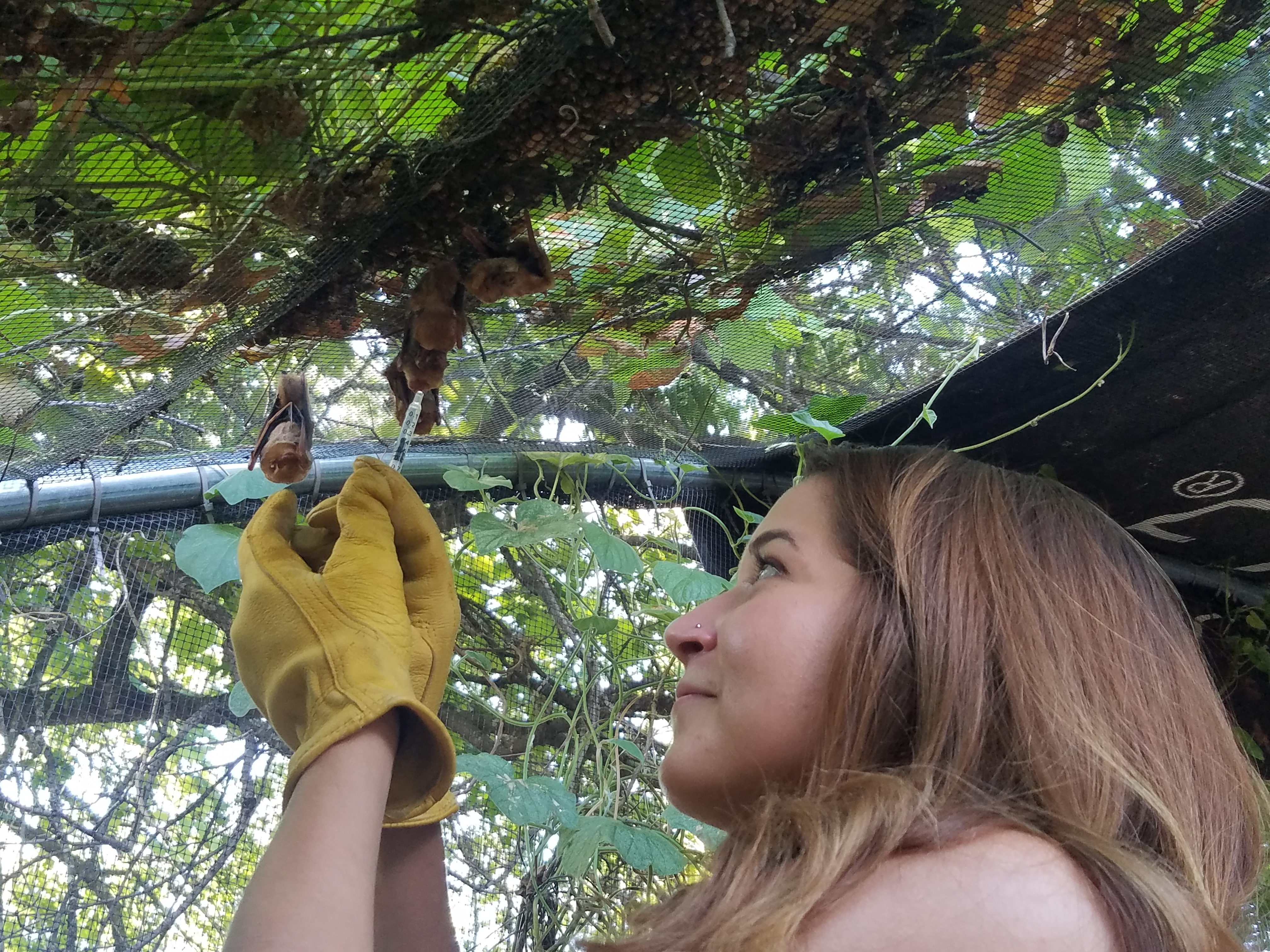What It’s Like To Finish a Research Trip
What it is like to finish a research trip. – Amy’s Costa Rica Bat Survey Blog cont’d

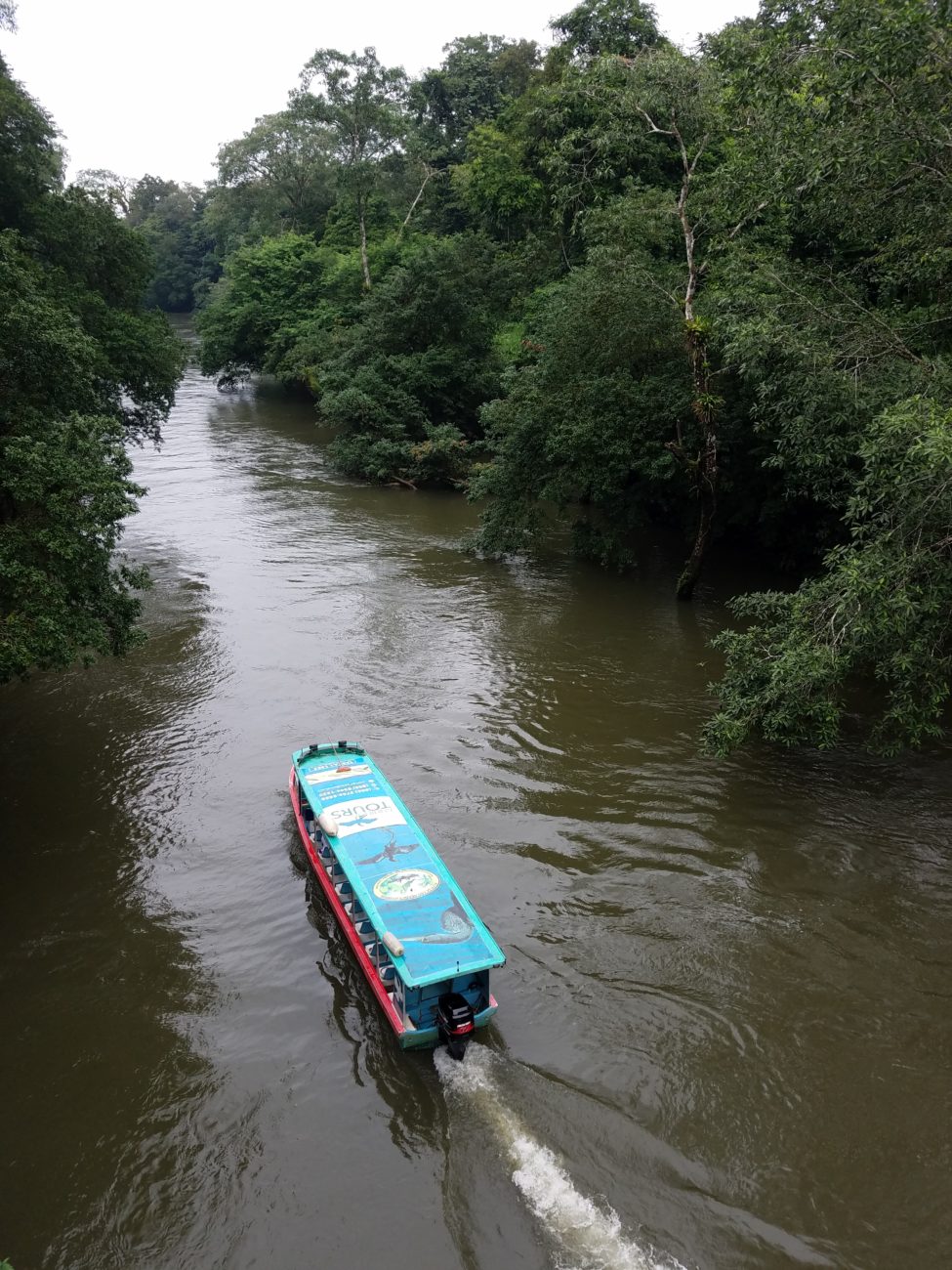

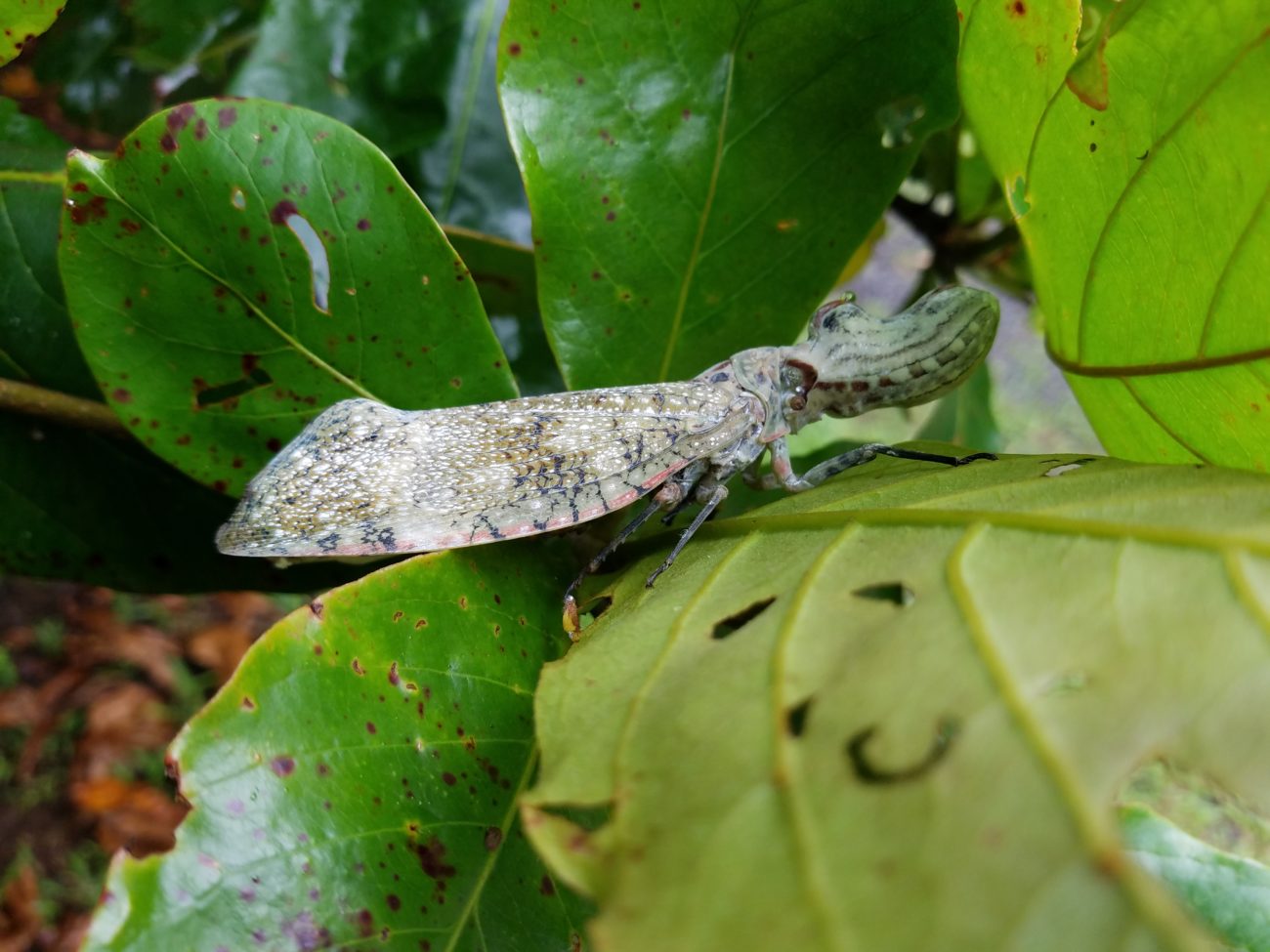
Where am I?
Yikes, suddenly it is weeks later and I’m back in the United States. Time is a funny thing. When you are on a research trip you are controlled by time, you have a schedule to follow, places to be. There are things you have to do, and they take up all of your attention. As always, you complete your tasks. Then you look up and the whole trip is over. The theme of this blog is the transition from being in the field to coming back to wherever you call ‘home’. I will try to keep it short, but I feel like I just keep thinking of more things to
share to people who would like to start doing research trips but are unsure of what to expect.
The last time I wrote a blog post was over a month ago! Oops! The last few weeks of the trip were dedicated to wrapping everything up: get your data, organize the equipment, make sure everyone is on the same page for what the next steps are after everyone goes home. We made your typical 15-minute presentations the day before departing to the U.S. and everyone did well. After dedicating a significant chunk of your time and energy into a subject, 15 minutes becomes a short amount of time to discuss everything on which you have been thinking and working. But, like I said before, the last couple of weeks were a blur because every day had a plan and there were things that needed to be done.
Then, suddenly, you are transplanted back to from where you came. It is very weird to come home after ‘so long’ in a place much different from here. The trip really does not feel that long now that I am back. Houston, Texas (my hometown) is unlike anywhere else. It’s a lot of driving and concrete. Loud cars and limited wildlife. Days feel very short because things are very fast-paced. This is the polar opposite of Costa Rica. I believe I am experiencing ‘reverse culture-shock’, not only in terms of food and things of comfort, but of the staggering number of people and how ambivalent of environmental woes and responsibilities they are. You spend almost all your time on a research trip surrounded by people who think like you, act like you, understand and empathize with your motivations without need for explanation or dissection. Once that trip is over and you are reinstated into a big city with millions of people, it is an adjustment. But now is where it is necessary to take what I have learned and have been given the chance to see, and teach people and make interactions positive and inspiring. It’s easy to become complacent about the goings-on of far-away countries which do not pose a visible daily connection, especially in a big city where the problems feel disconnected or like your personal impact could not be that much.
Before I go on a rant about living in a big city, I shall get back to talking about the trip. I feel like the trip ended really quickly. At some point, at some lunch, we discussed the Tuckman Model stages of developing a project team: forming, storming, norming, and performing. The performing part is always the most fun and I wish it could happen sooner or longer in a trip. Having to disperse and leave the group after being in a productive groove is my least favorite part of the whole experience. Being back, I miss the people I spent all that time with. I miss the staff and people we met. I miss the food we ate, etc. You get the point. What do I think someone needs to be able to be a successful member of a research team? I would boil it down to flexibility and adaptation. Being able to adapt to change and the inevitable setbacks and redirects a project will have over its course, I believe, is the most important characteristic of a person with whom I would like to spend a significant piece of my time. If my partner is easy-going, patient, and ready to overcome any problem we encounter, that makes a project much easier and less stressful and more of a positive experience because there is someone I can count on to get things done.
After finishing the physical part of data collection, now I am staring at the incoming tsunami wave that is the analysis. Before graduating in May, I have data to analyze, a paper to write, a conference to attend, and a few presentations to give. So, the next few weeks of my life I will be staring at a screen, analyzing statistics and calls, trying to make sense of the data. I will probably cry a few times and read all of the statistics books I can handle. I will update as time goes on!
As always, feel free to contact me (ahall6@stedwards.edu).
